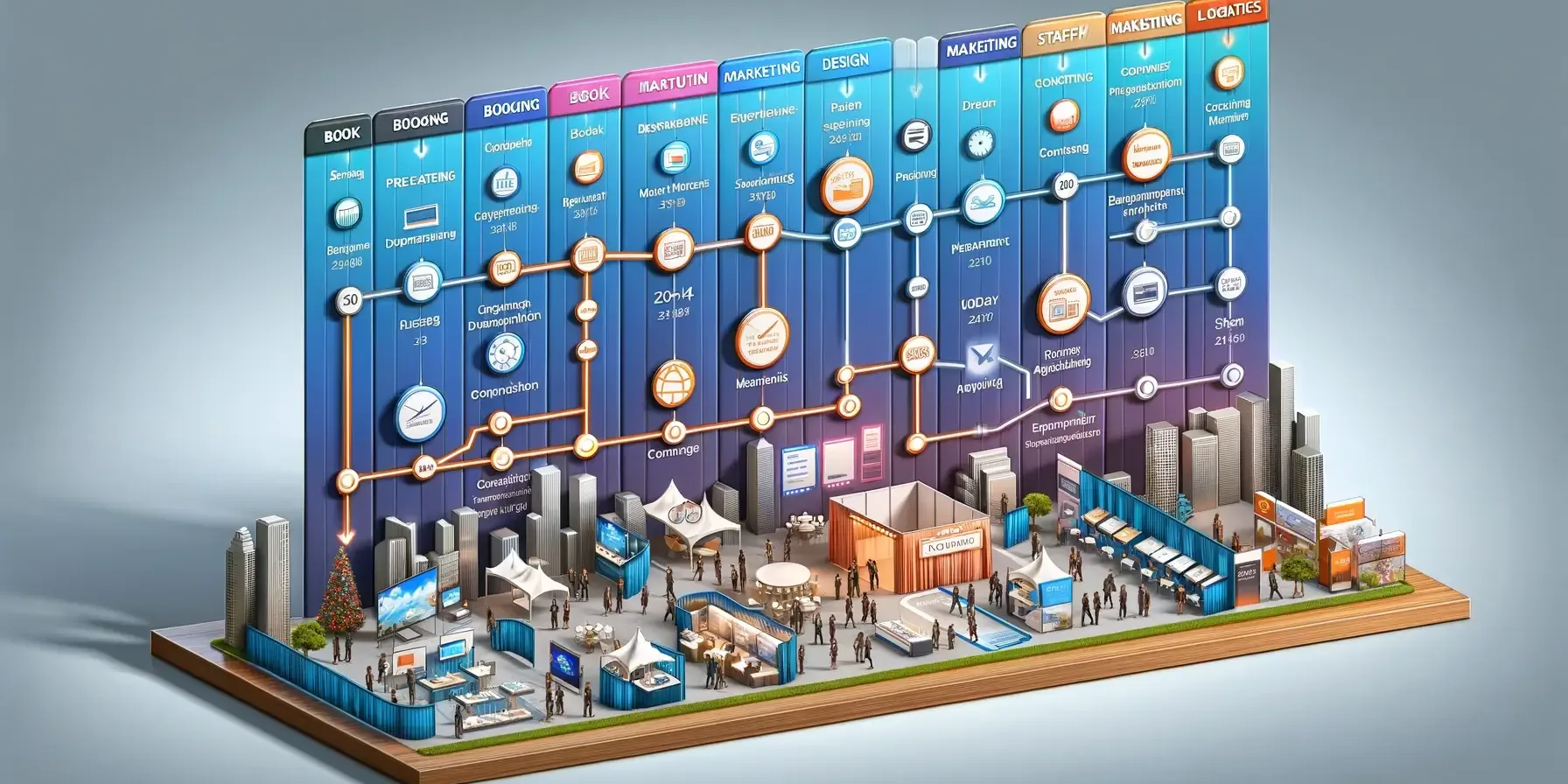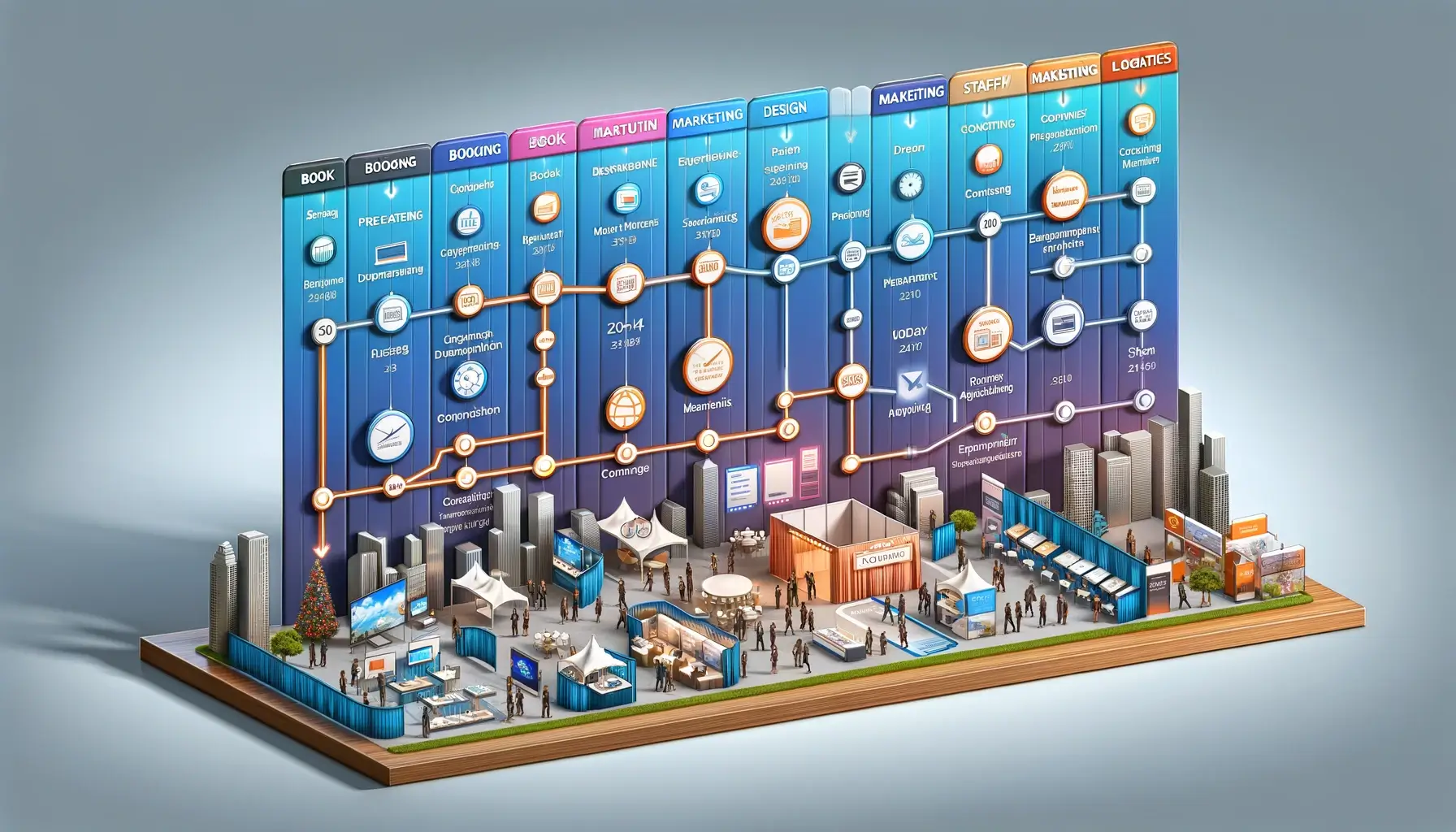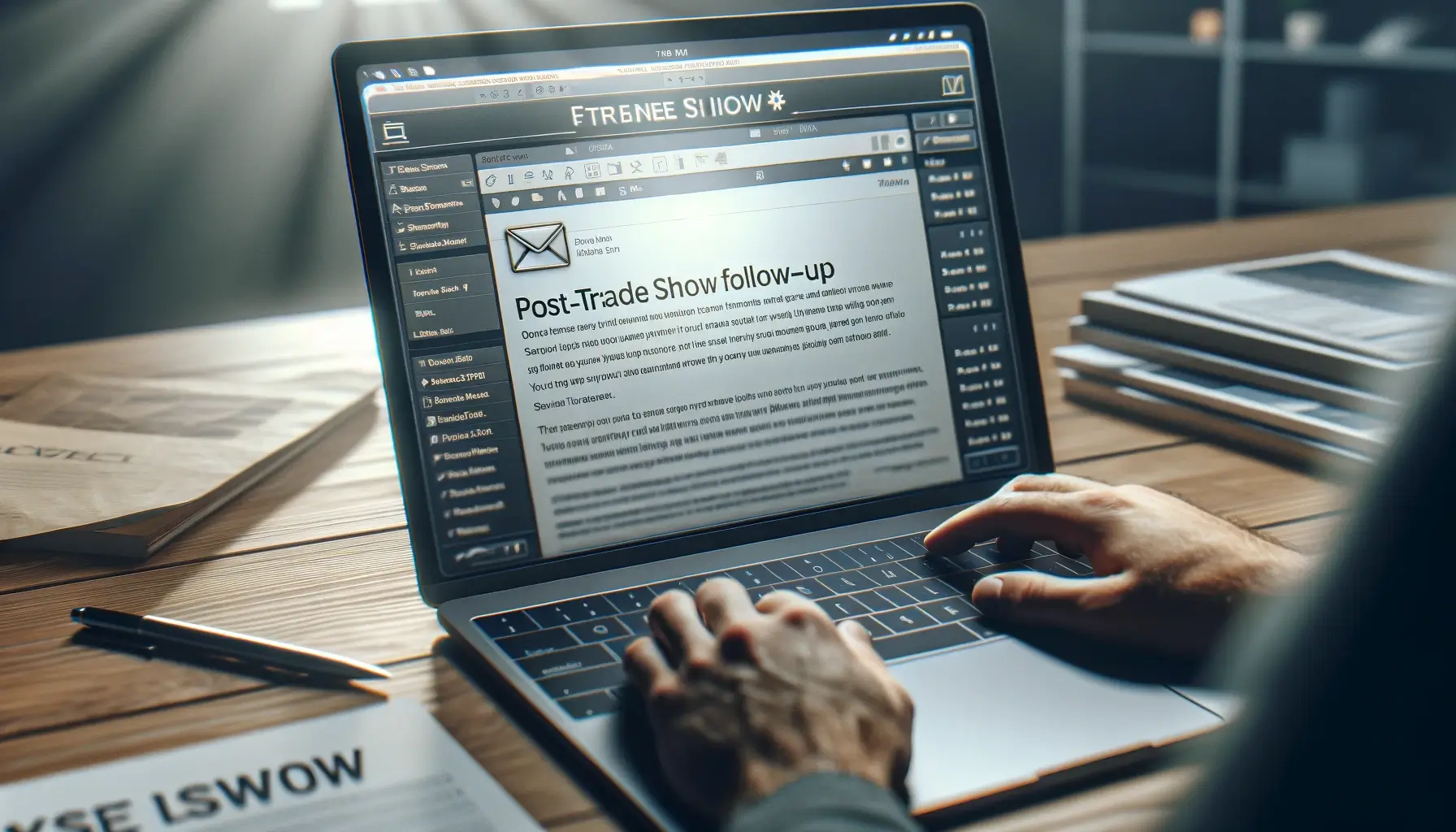4 Tips To Help Exhibition Planning, Scheduling and Timelines
When you take your business to a trade show, do not underestimate the amount of time you need to plan. Some businesses have been in the industry for a while and will map out their projections by planning what to do at every turn, creating a timeline of what they should be doing pre, during and post events so they can really maximise their potential.
Exhibiting, whilst expensive, is one of the top ways to market your business, so you need to make sure your business has a team of people devoted to making the most out of opportunities.
Top tips to improve your exhibition plan
Before your event, creating an exhibition plan will help you stay organised and in control. These are the 4 most important things to consider prior to planning and should hopefully help anyone trying to plan an exhibition or trade show.
1. Book your space ahead of time
Business owners who regularly attend events often will have most likely booked their stand space 12 months in advance and oftentimes will have re-booked the space from their previous event. This is because they’ve done their research and know that either the footfall is big in that area or it is a prime location that attracts visitors. Don’t let this put you off though, you can still book a great exhibition space with 6 months to go. Anything after this time will be, well, you get the gist.
2. Consider the location of your suppliers
Think about the location of the event. Is it local to you or in a different country? What part of the world is your stand builder? These are all things you need to consider and speak about when you go to get your stand made up.
3. Timing is key
From the perspective of a stand builder, time is everything, so the more notice you are able to provide your suppliers with the better. Strictly speaking, the latest you would want to book in your stand is 3 months before the event to give adequate time to design, plan, book services and build your stand and get it to the show.
4. Each action has an impact
When planning, you need to constantly consider how these actions are going to impact your experience as an exhibitor, as well as potential customers experience during the event. By booking your stand early, you have a higher chance of getting a great location. By knowing your client base, you can polish your company’s tone of voice and presence to maximise interest in your product. And, finally, by ensuring that you give your stand builder plenty of notice, you are giving yourself more time to plan your stand and make it as eye-catching and alluring as possible.
Exhibition planning timeline
To ensure you meet deadlines, we recommend following a timeline like the one below. By setting yourself smaller milestones throughout the process, you will be able to enjoy the planning and lead up to the event much more than leaving things to the last minute. Try to follow our exhibition timeline to stay on track.
9 - 12 months before the event
– Do your research into exhibitions and how they can benefit your specific business.
– Set your budget and roughly allocate costs to projected exhibition expenses.
– Book your stand space.
6 - 9 months before the event
– Find a stand builder. You want to begin developing your stand design and be working towards getting approval from the venues at this stage.
3 - 6 months before the event
– Try and attend an event in person at the hall you are exhibiting at prior to your show and check out the power situation. Think about how your lighting and equipment will be connected and make an informed decision on where you want to position your stand based on this.
1 - 3 months before the event
– Your marketing strategy should be well under way by now with tweaks being made to reach a bigger audience.
– Reach out to warm leads, businesses etc and inform them that you are exhibiting and invite them to attend.
– Ensure your stand is in the final stages of being built / any last minute changes are sent to your builder.
A few weeks before the event
– Make a checklist of every essential you will need for the show. Pens, paper, tools, dusting cloths, pain killers, bottled water – the works! You don’t want to be caught out.
– Ensure your staff are debriefed and know exactly what their role is on the day.
– Do a ‘dress rehearsal’ of your demonstrations so you can have a good idea how they are going to go on the day / identify things that can go wrong and rectify.
What to do after the event?
Once the exhibition is over, have a full debrief with your event team discuss the day(s). Get everything you collected from the event, whether this be contact information or business cards and pop them in the middle of the table. Then, discuss what went well, what was harder than expected and whether you met the goals you set out prior to the event.
Finally, create a post-event email strategy so you can contact the people that you spoke to at the event and hopefully secure some sales. Remember to be GDPR compliant and allow people to remove themselves from your mailing list if they want to!













